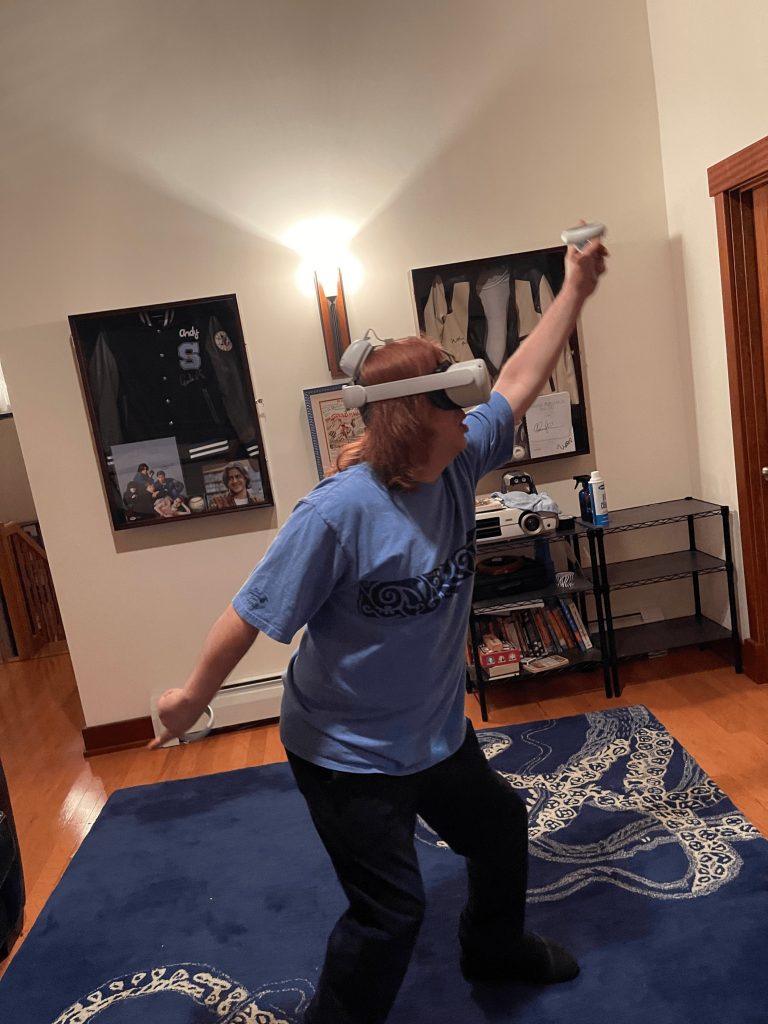What Does it Take and How Much Does it Cost to Develop a VR Game?
Virtual reality is one of the most versatile technologies available today. From education to business and manufacturing to medicine, nearly every field can benefit from an infusion of VR. However, nowhere is the integration of VR more seamless than in the video game industry. Video games and virtual reality are about as likely of a pairing as you could ever hope to find. They complement each other better than peanut butter and jelly and feel more natural together than a fairy-tale marriage. At the most fundamental level, they just work. Unfortunately, for two things that are almost tailor-made to work together, it takes a lot of time and money to make this happen.
Designing and Developing a VR Game
Designing and developing a video game is a lot of work and takes a very long time. Big-name companies such as Sony or Microsoft will invest millions of dollars into some of their titles and spend several years getting every detail just right, and there’s a lot to get right.

Everything in a video game’s world, from the final boss all the way down to a single blade of grass, has to be designed, rendered, and programmed to interact with the player and the world as a whole. Then, you also have to consider to rules of the world, your story, the gameplay design, the hardware you’re developing for, bug fixes, audio, and so much more. And all of this is just to develop a regular video game.
Now, add on top of that that you want to make your game using VR and need your player to have complete control in the world, as opposed to pre-determined actions through button presses. This opens up a lot more player freedom, but it also creates a far greater potential for exploits, design flaws, and game-breaking bugs.
Suffice it to say that exploring all of the ins and outs of VR game development is a lot more than can be covered in one article.
The main steps for developing a VR game, however, are as follows:
- Come up with a game idea.
- Choose the VR hardware you’re developing for (Oculus, PlayStation VR, etc.).
- Determine graphics for your game (2D vs. 3D).
- Select your VR development engine (Unreal, Unity, etc.).
- Create a budget.
- Design and program your game.
- Publish the game.
Developing a VR game might not seem like such a monumental task when it’s broken down into a simple list. Keep in mind, though, that each one of those steps is its own individual process that includes multiple other steps, and finishing them all will likely take a year or more.
Still, as complex as it may be, there are plenty of people and studios out there developing new VR games all of the time. While developing a VR game may be complicated and difficult, it’s far from impossible, and anyone can learn to do it given enough time and training.
How Much Does it Cost to Make a VR Game?
There’s no universal amount of money required for every VR game developed. Each game is going to be working with a different budget, and how that budget is determined is affected by several factors, such as the number of employees, the scope of the game, the size of the publisher, and so forth.
The range of a VR game’s cost can be anywhere from a few thousand dollars for a simple indie title all the way up to a few million dollars for an ambitious AAA release. In addition, the genre of your game is likely to influence its cost as well. A relatively simple platform that only uses a jumping gameplay mechanic is going to cost significantly less to make than an online role-playing game in which players can interact with the game as well as one another.
Even if you were to develop your very own VR game completely on your own, you’d still end up spending a few thousand dollars at least. You have to factor in your hardware costs, game engine licensing fees, design supplies, recording equipment and software, and myriad other expenses that add up over time.
It’s undoubtedly an expensive and time-consuming project, but for those with a passion for it, VR game design can be an extremely rewarding pursuit.